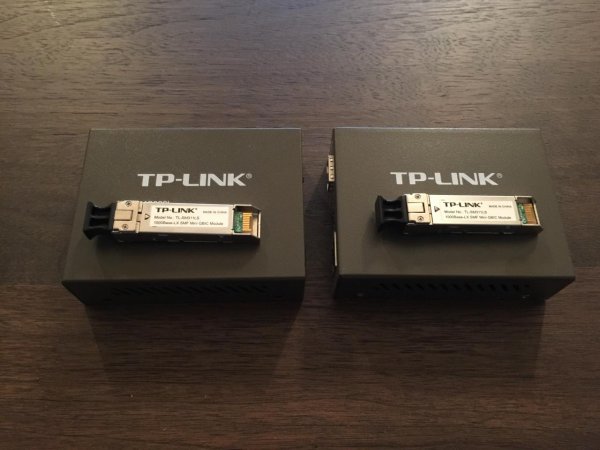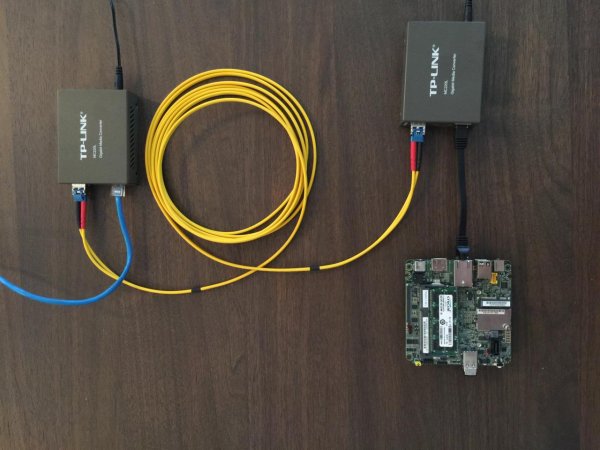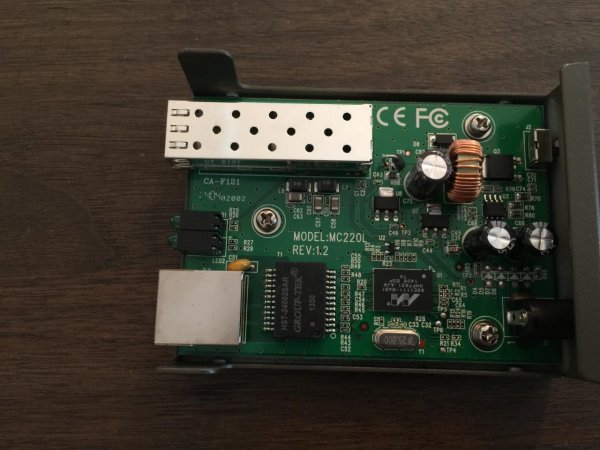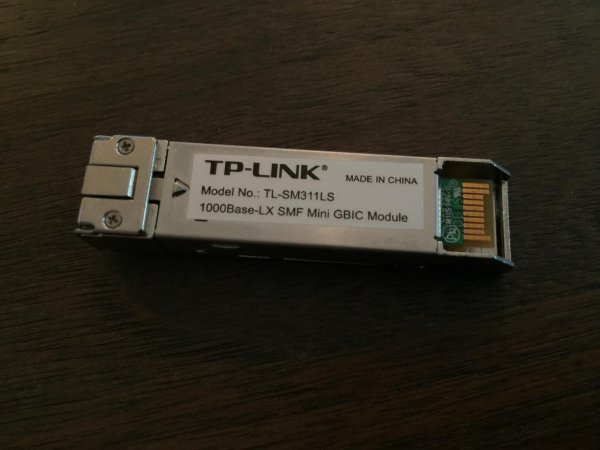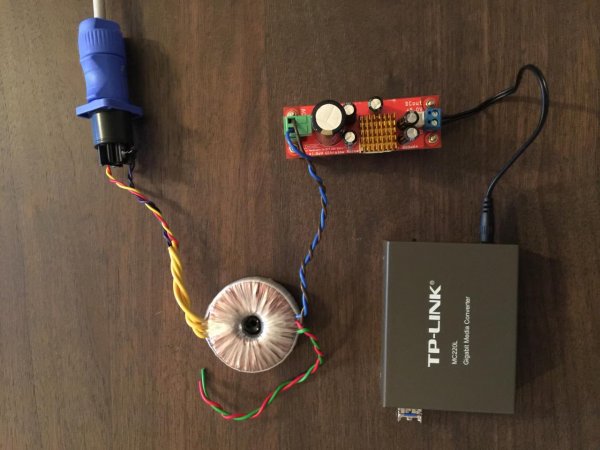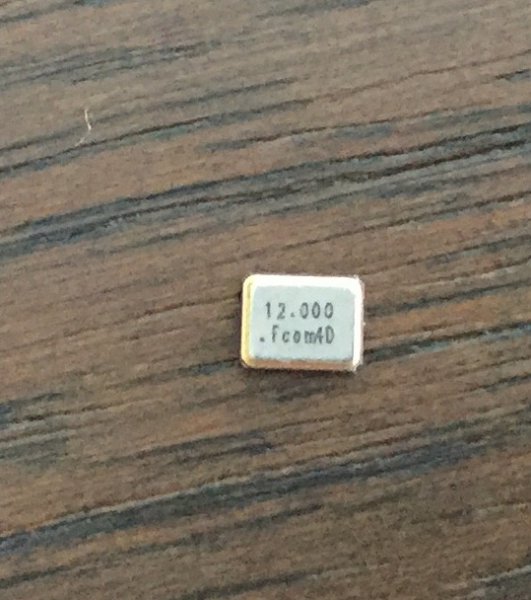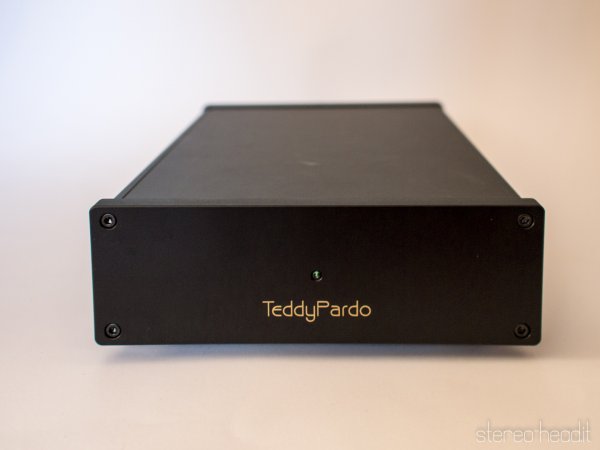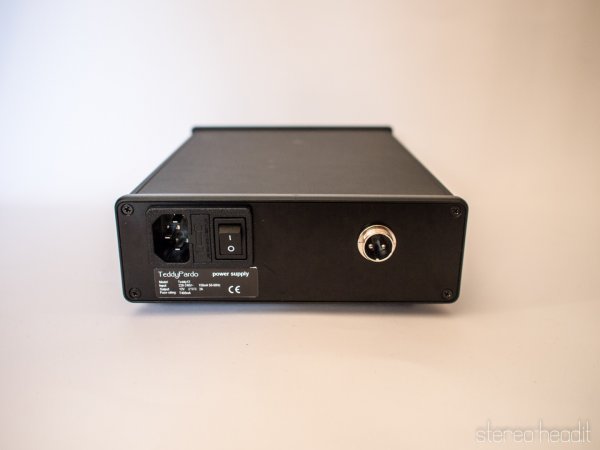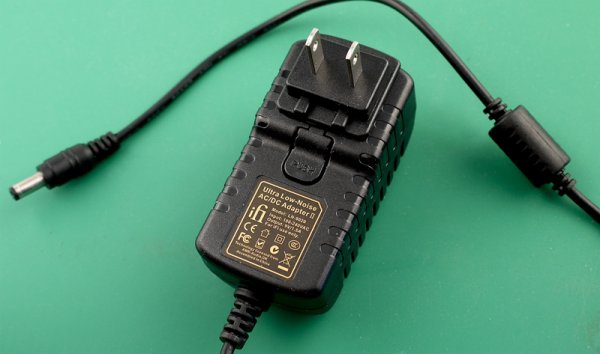Hi Guys,
Okay we finally have this new image with airplay working smooth. I've been listening to Tidal airplayed from my Iphone all morning without a glitch! And the sound is the best I've heard yet out of Tidal. Must be the FIFO buffering. Better sound than Roon Tidal from my MAC Mini. The only thing that will beat this is when Roon can pass the Tidal through the HQplayer engine. To switch from HQplayer NAA to Tidal, just close HQplayer, and vice versa. That's all there is to it. Click the airplay icon on iphone, ipad, or mac computer to send audio. I'm going to call it "Superstream", so just select "Superstream" in airplay.
There's just a couple minor changes I need to make. I'm just waiting for Piero to get home. I will have the upload ready by tonight. The download is 5.6gb, and I'm hosting on a real fast server. It took me 12 mins to download during a test. I'll also be making a new thread with detailed setup procedure
Okay we finally have this new image with airplay working smooth. I've been listening to Tidal airplayed from my Iphone all morning without a glitch! And the sound is the best I've heard yet out of Tidal. Must be the FIFO buffering. Better sound than Roon Tidal from my MAC Mini. The only thing that will beat this is when Roon can pass the Tidal through the HQplayer engine. To switch from HQplayer NAA to Tidal, just close HQplayer, and vice versa. That's all there is to it. Click the airplay icon on iphone, ipad, or mac computer to send audio. I'm going to call it "Superstream", so just select "Superstream" in airplay.
There's just a couple minor changes I need to make. I'm just waiting for Piero to get home. I will have the upload ready by tonight. The download is 5.6gb, and I'm hosting on a real fast server. It took me 12 mins to download during a test. I'll also be making a new thread with detailed setup procedure
Last edited:


